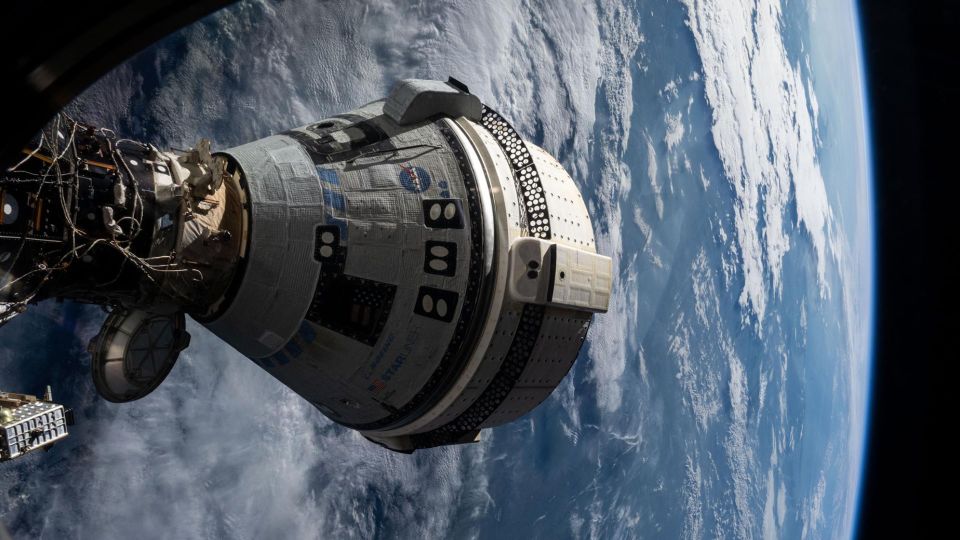Sign up for CNN’s Wonder Theory science newsletter. Explore the universe with news on fascinating discoveries, scientific advancements and more
After 12 weeks in space, Boeing’s Starliner spacecraft is finally set to return home from the International Space Station on September 6 — albeit without its two-person crew.
The troubled spacecraft will undock from the orbiting laboratory around 6 p.m. ET, and it will spend about six hours maneuvering closer to home before landing around midnight in New Mexico’s White Sands Space Harbor.
The astronauts who rode aboard Starliner to the space station on June 5, Butch Wilmore and Suni Williams, will remain on board the orbiting laboratory.
NASA announced on August 24 that experts were wary of gas leaks and issues with the Starliner capsule’s propulsion system, leading the agency to determine the spacecraft is not safe enough to finish its mission with crew on board.
“The uncrewed Starliner spacecraft will perform a fully autonomous return with flight controllers at Starliner Mission Control in Houston and at Boeing Mission Control Center in Florida,” according to a NASA update posted Thursday. “Teams on the ground are able to remotely command the spacecraft if needed through the necessary maneuvers for a safe undocking, re-entry, and parachute-assisted landing in the southwest United States.”
How the Starliner vehicle performs during its return trip could be crucial to the future of the overall Boeing program.
If the spacecraft experiences a mishap or NASA ultimately decides not to certify the vehicle for human spaceflight — a step that would set up the vehicle to make routine trips to orbit — it would mark yet another blow to Boeing’s already damaged reputation.
Repeating this test flight and implementing redesigns on Starliner could cost the company millions of dollars — on top of the roughly $1.5 billion the company has already recorded in losses on the Starliner program.
“All of us really wanted to complete the (Boeing Starliner) test flight with crew, and I think unanimously we’re disappointed not to be able to do that,” Ken Bowersox, associate administrator for NASA’s Space Operations Mission Directorate, said last week. But “you don’t want that disappointment to weigh unhealthily in your decision.”
Even if Starliner’s uncrewed return trip goes well, NASA will still face a crucial decision on whether to grant the spacecraft its human spaceflight certification even though it did not complete its mission as intended.
Throughout the weeks that engineers on the ground worked to understand the thruster issues and leaks plaguing the Starliner, Boeing maintained that it believed the vehicle would be safe to bring astronauts Williams and Wilmore home.
In a statement on August 24, Boeing said that it “continues to focus, first and foremost, on the safety of the crew and spacecraft. We are executing the mission as determined by NASA, and we are preparing the spacecraft for a safe and successful uncrewed return.”
Williams and Wilmore will now fly home aboard a SpaceX Crew Dragon capsule no earlier than February. The Crew Dragon spacecraft has been certified to fly astronaut missions for about four years and has made about a dozen crewed trips to orbit.
For more CNN news and newsletters create an account at CNN.com
